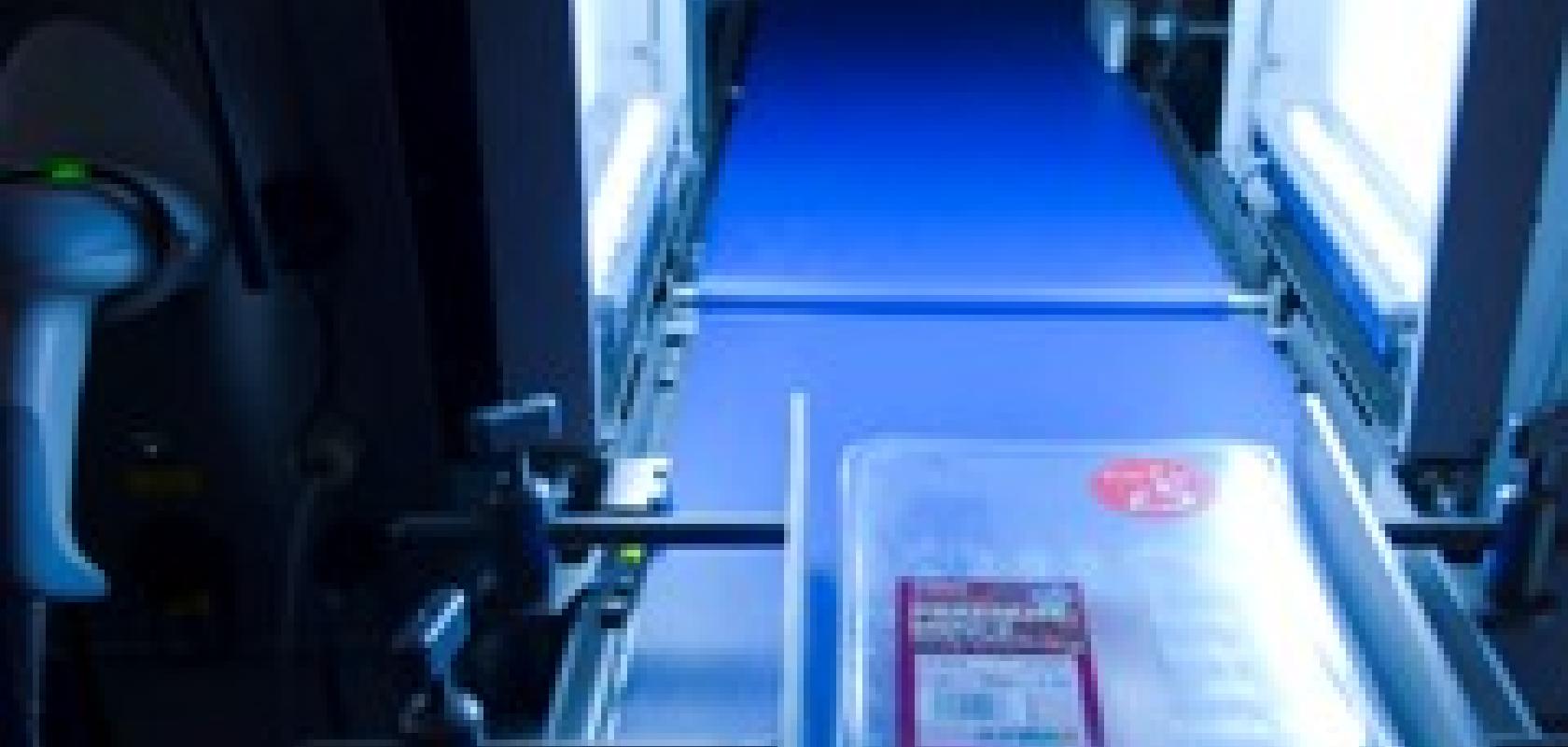Dimaco, a UK-based inspection system provider, has upgraded its Veri-Pack label inspection system with digital imaging technology from Point Grey. The Veri-Pack system now uses Point Grey's Dragonfly2 FireWire cameras to provide 100 per cent verification of packaged food labels.
In addition to checking the data on the product label, the system will also verify any base label as well as the promotional/flash label at speeds of up to 200 packs per minute. It contains OCR and barcode reading capabilities and connects to a database application which validates all of the inspection parameters and archives the results.
According to Peter Mistry, general manager of Dimaco, the Dragonfly2 camera, providing monochrome and colour imaging at 1.3 Megapixels and 7.5 or 15fps, was initially selected due to price as the system used to use analogue cameras in combination with frame grabbers. In addition, resolution was important, as production line speeds in food packaging plants are continually increasing.
Dimaco has to meet the stringent requirement for traceability present in the food industry. Mistry commented that a food label for fresh meat, for example, would fill around 7-8 fields of data. 'It's quite an intensive check on the data verification,' he said, adding that packs come in different shapes and sizes, so there has to be a balance between resolution and having a field of view in which the label information can be found.
Tim Irons of Foreshore Solutions, which provided the image processing tools for Veri-Pack, commented: 'Food labelling required as large a field of view as possible, while being a cost sensitive application. Point Grey cameras allowed us to increase the resolution and reduce the cost at the same time.'
The Veri-Pack system allows customers to inspect every pack they produce and check the data against a central database. This is especially important for barcodes, where humans may not be able to see defects, and scanners cannot necessarily validate variable price barcodes. Inspections can be archived as required and all of the inspection results are viewable via a web interface. The software allows the packs to be checked against the supermarket data, and the complex data coding arrangements are catered for. The system also had to meet food industry guidelines for wash-down.
With increasing production line speeds in the food industry, Mistry commented that for some installations Dimaco might have to start to use line scan cameras as opposed to area scan, because of the processing time required. Food packs are often presented to the camera in any orientation, which means the image has to be rotated before it can be processed. This would be simplified using a line scan camera and is a constraint that, according to Mistry, could see the company developing more line scan systems in the future.


